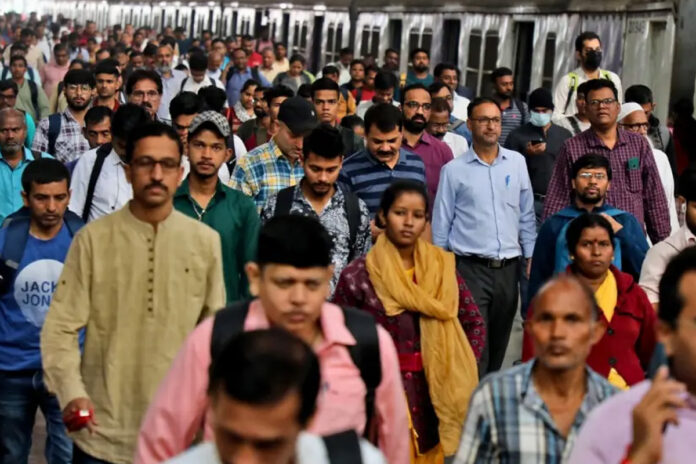Six New Questions Added to India’s Census: What You Need to Know
India’s upcoming population census, scheduled for 2027, will be a landmark exercise in more ways than one. Not only will it be conducted entirely digitally for the first time, but it will also include gender-based enumeration—something not done since 1931. To capture changing lifestyles and developmental priorities, the census will introduce six brand‑new questions:
- Internet Connectivity at Home
Why it matters: Gauging digital access is crucial in today’s world. This question will identify how many households have an Internet connection and how many devices are being used. - Ownership of Mobile Phones and Smartphones
Why it matters: Understanding who in the family owns basic mobile phones versus smartphones helps measure the reach of mobile technology and digital inclusion. - Source of Drinking Water
Why it matters: Water quality is foundational to health. By recording whether households use wells, handpumps, taps, bottled water, or other sources, policymakers can track progress on initiatives like the Jal Jeevan Mission. - Type of Cooking Fuel
Why it matters: The kind of fuel—LPG, piped natural gas, wood, dung cakes, etc.—used for cooking indicates energy access and environmental impacts. - Household Vehicle Ownership
Why it matters: Information on bicycles, scooters, motorcycles, cars, jeeps, or vans helps assess mobility patterns and economic status. - Primary Grain Consumption
Why it matters: Knowing whether families use wheat, jowar, bajra, maize, ragi, or other grains informs food security and nutrition policies, and can guide support for traditional cereals.
Together, these additions will ensure the 2027 Census not only counts people but also paints a richer picture of India’s digital connectivity, resource access, and nutritional habits—data that will be vital for designing effective social and economic policies.

